Dortmund, located in the region of North Rhine-Westphalia, is the eighth largest city in Germany, being crossed by the Ruhr and Emscher rivers, but also by the Dortmund-Ems canal, on which the largest canal port in Europe is located.
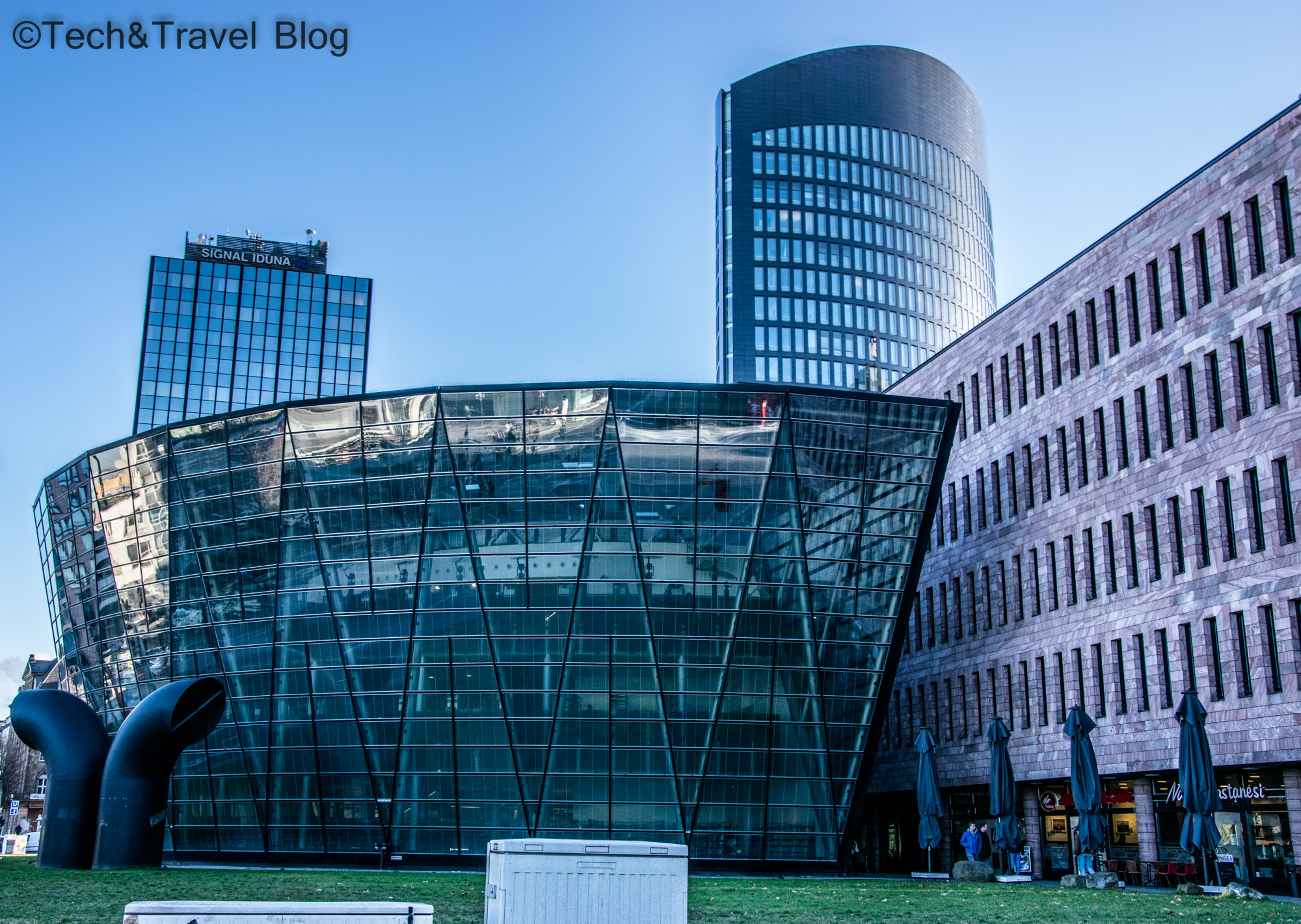
Dortmund is one of the most famous cities in Germany, thanks to the Borussia Dortmund team – the most successful football club in the country, founded in 1909. In addition, Dortmund is also called the “green metropolis” of the Westphalian region, known for the wide green area it offers to locals and nature lovers.

If you arrive in Dortmund, we recommend you take a walk through the Westfalenpark – one of the largest urban parks in Europe, where the Florianturm television tower (209 meters high) is also located.

With a total area of 70 hectares, Westfalen Park is home to the Deutsches Rosarium – with 3000 different types of roses. Unfortunately, we visited the city in December and could not see the roses. However, we had very good weather, with sunshine, as you can see in the pictures.
In addition to the tower and the rose garden, the park also has a puppet theater (Nostalgisches Puppentheater), the Sessellift des Westfalenparks – a chair lift that crosses the park at a height of 23 meters (it is open from April to October and on public holidays, between 12:00 and 17:00. The route is about 500 meters long and takes about 3 minutes), a little train that can take you around the whole park, mini golf courses, a Japanese garden, amphitheater or areas playground for children. The entrance ticket to the park is €3.5/person and includes visiting the tower.

Another point of interest is the Dortmunder U/U-turm – a building built in 1926 which was until 1994 the place of fermentation and storage of the beer produced by the Dortmunder Union. In 2010, the building was rehabilitated and became the “U Center for Art and Creativity – Dortmund“, housing modern art galleries. The U-turm is 70 meters high and can be visited from Tuesday to Friday between 10:00 and 20:00 and on weekends between 11:00 and 18:00.

A well-known tourist area is the Alter Markt – the old town center full of numerous shops, boutiques, galleries, cafes and restaurants. Besides these, there is also the old town hall (Altes Stadthaus) – a neo-renaissance structure built in 1899, on which is represented the vast eagle from the coat of arms of the city of Dortmund.
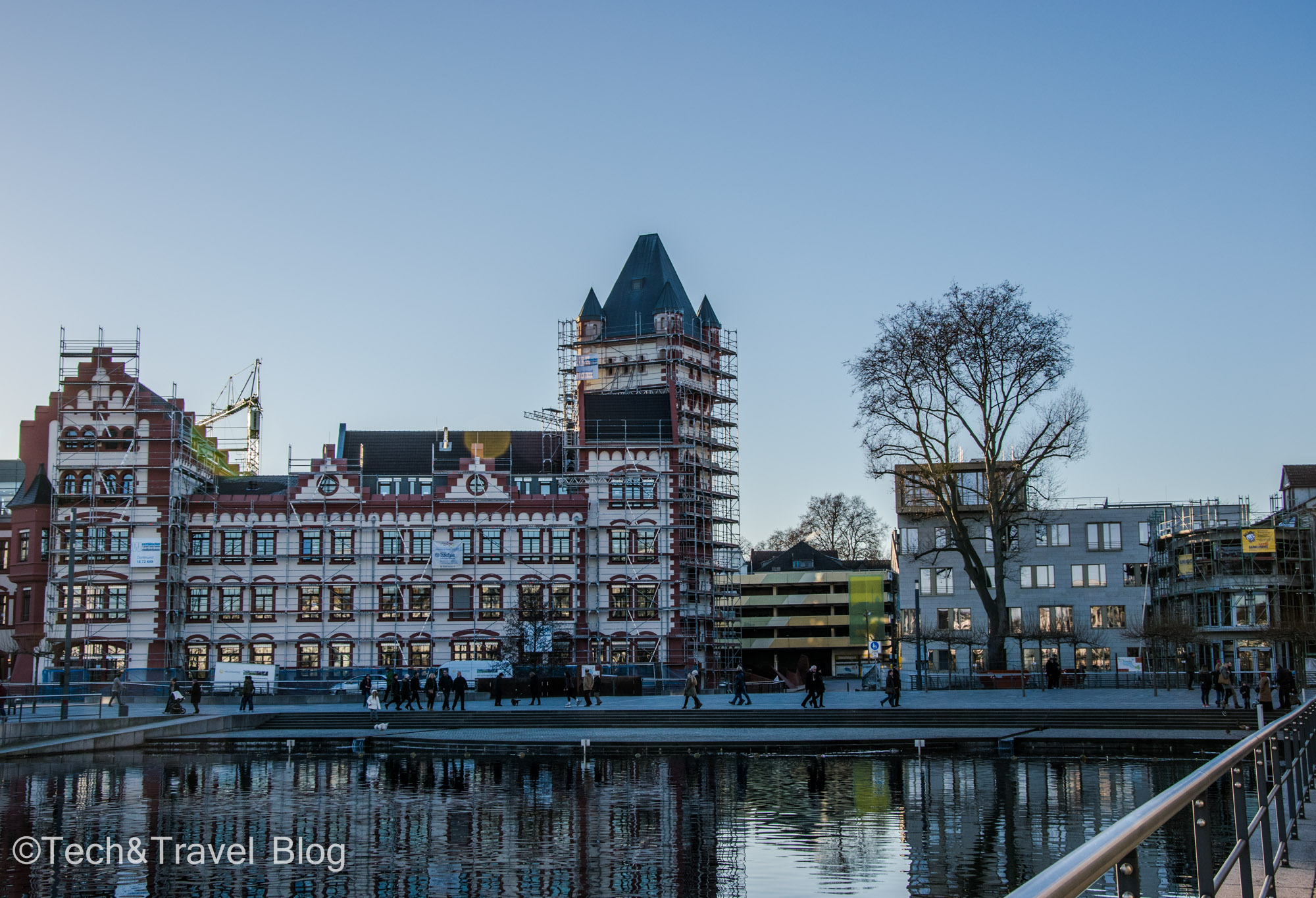
Hörder Burg is another tourist attraction that you should see. The castle was built in the 12th century, over the years it was the seat of the nobility and the administrative office of the former Hoesch AG (an important steel and mining company in the Ruhr area , founded in 1871). After the abolition of the steelworks, a complete renovation of the castle began, and today it houses a small museum where the history of the hordes from the Middle Ages to the present day is documented. In the immediate vicinity is Phoenix Lake – built on October 1, 2010, on the site of the former steel mill.

Other sights that you should not miss if you arrive in Dortmund are: Westfahlenstadion – the symbol of the city (recently named Signal Iduna Park), the stadium of Borussia Dortmund; ZOO Dortmund and Hohensyburg, located 12 km away from Dortmund – there are the ruins of a medieval castle, but also a viewpoint towards the Ruhr river valley.

Dortmund offers a variety of sights, shows, restaurants and major events hosted by the Westfalenhallen complex; the locals are welcoming to tourists and eager to share their history with those who visit, so you can relax on a city break in their city. A little tip from us: visit Dortmund in summer or autumn to see what the city’s beautiful parks and gardens have to offer.
If you liked our trip to Dortmund, you might also like our trip to Wuppertal.
(Dortmund – December 2016)
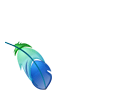

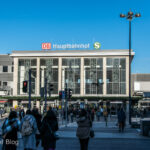
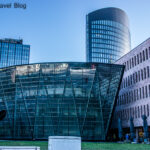
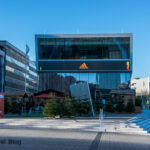

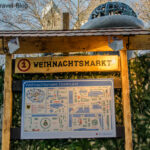


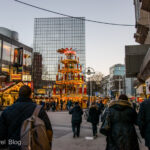




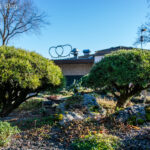

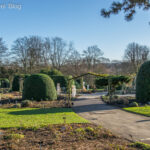






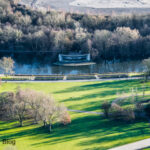
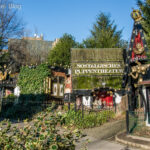


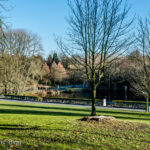





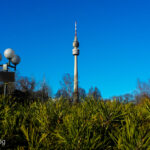




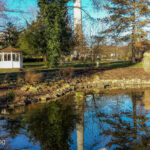
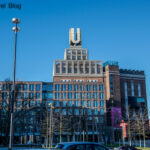


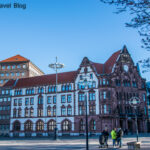



Leave a Reply